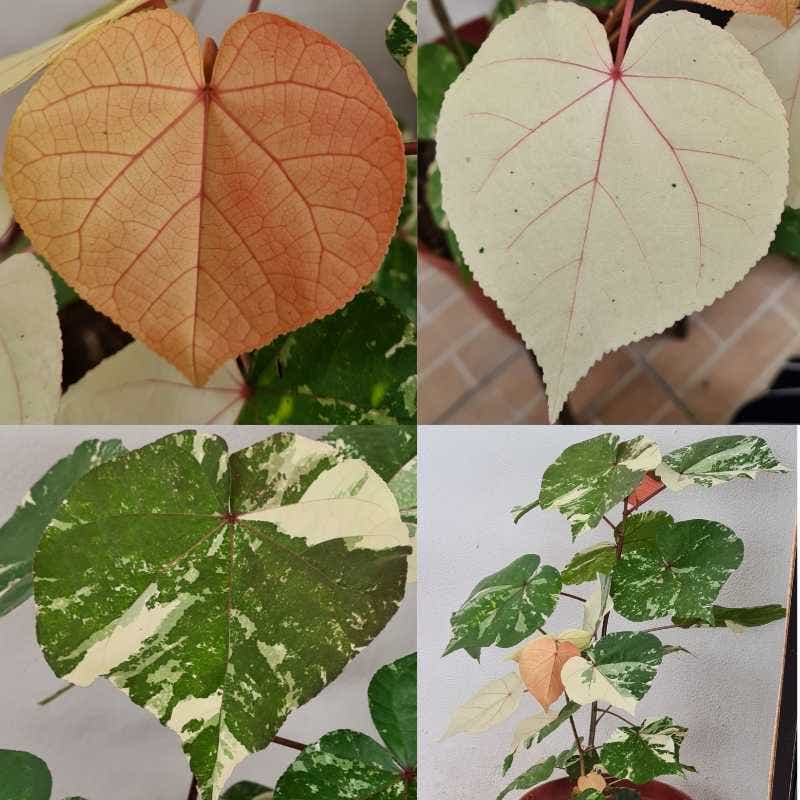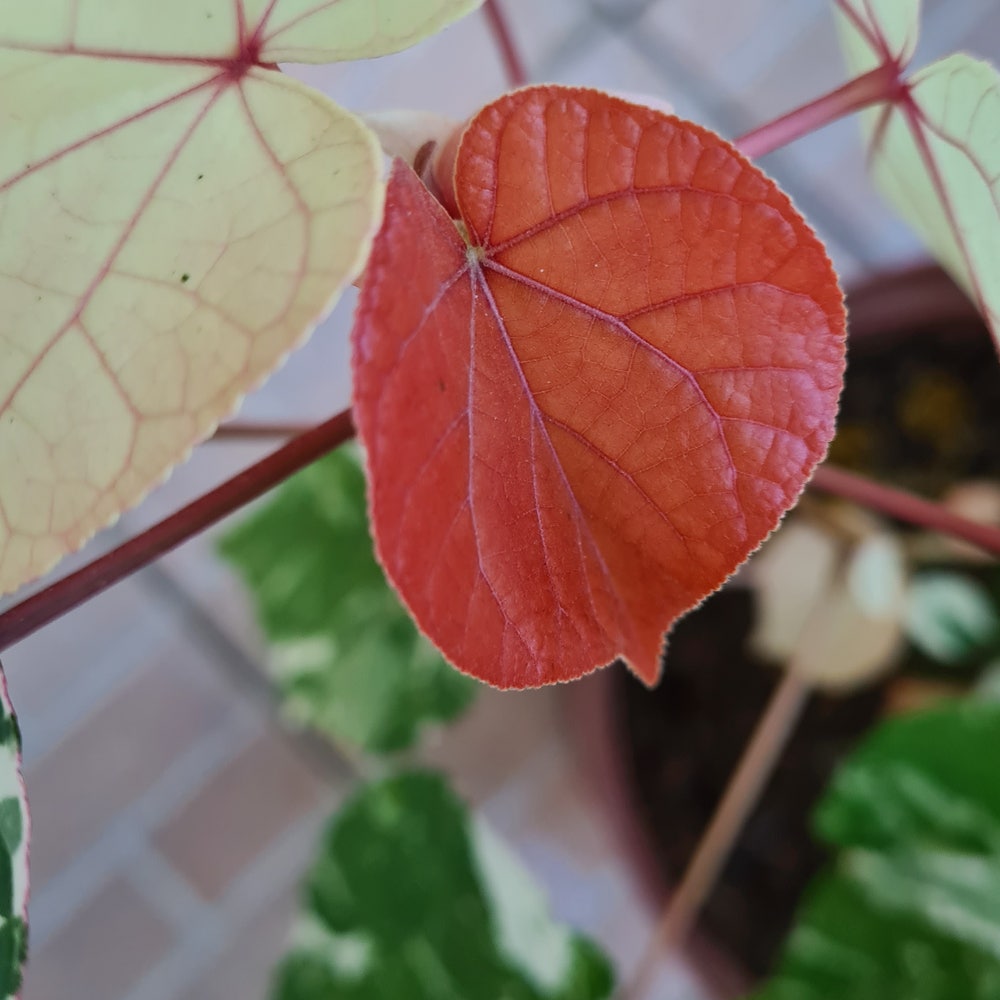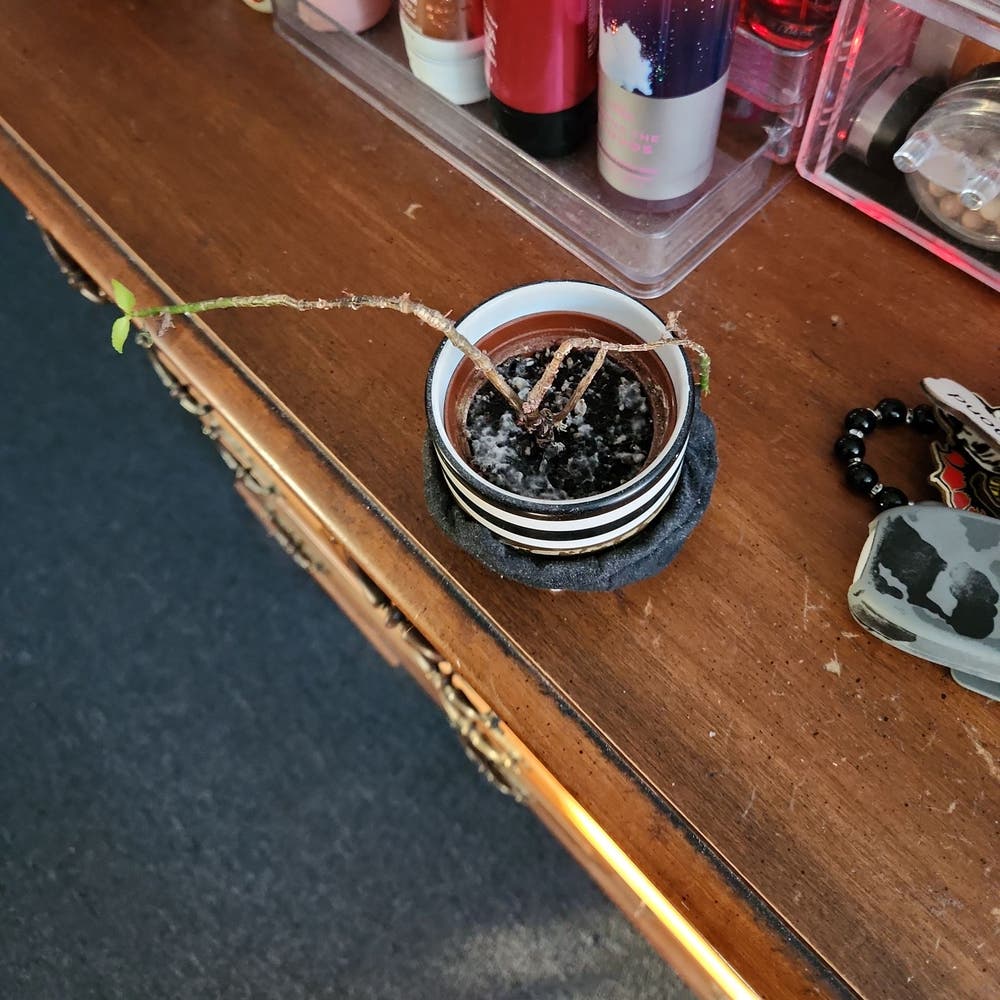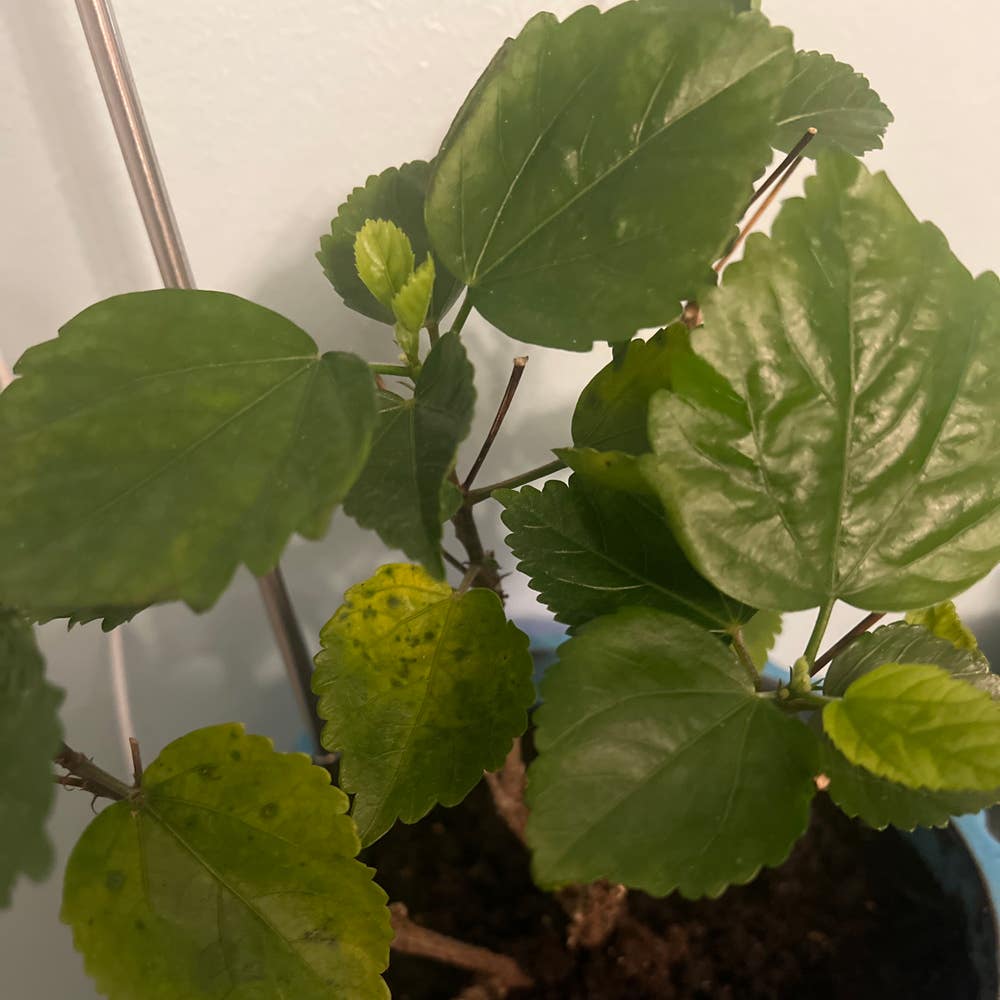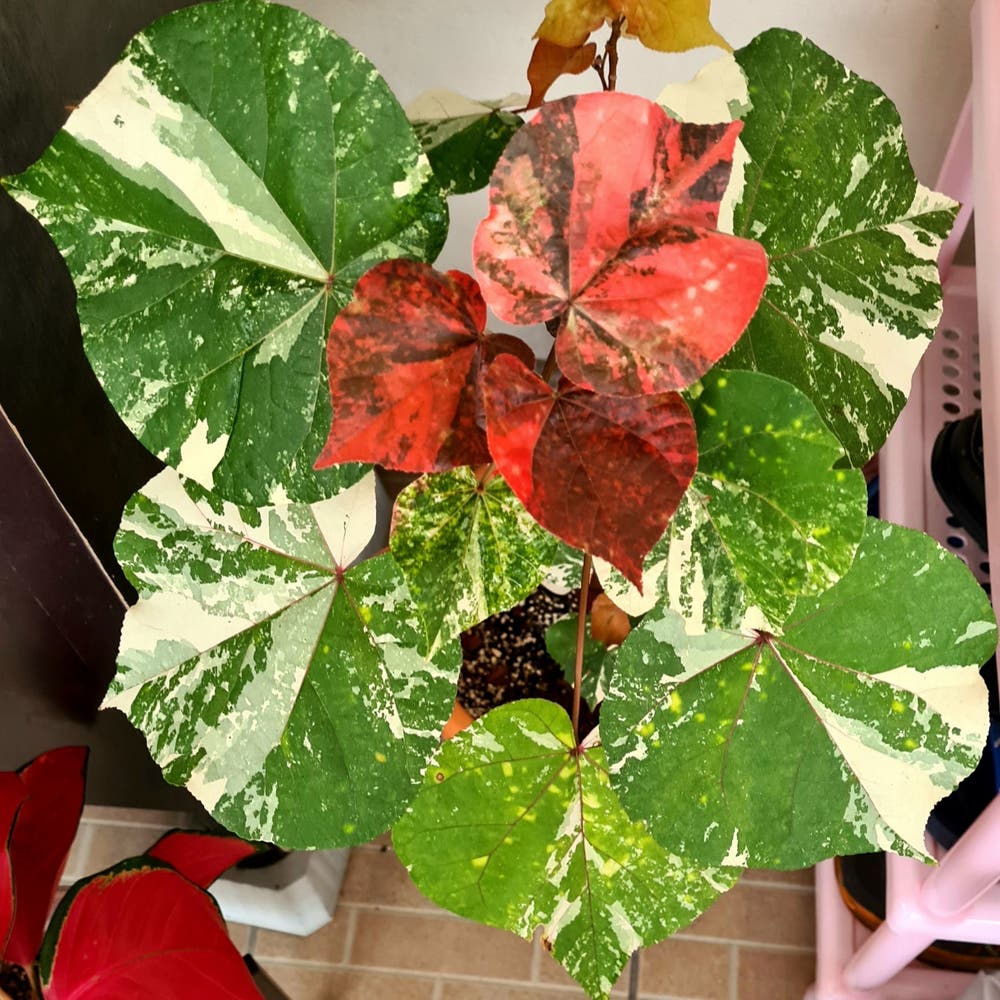
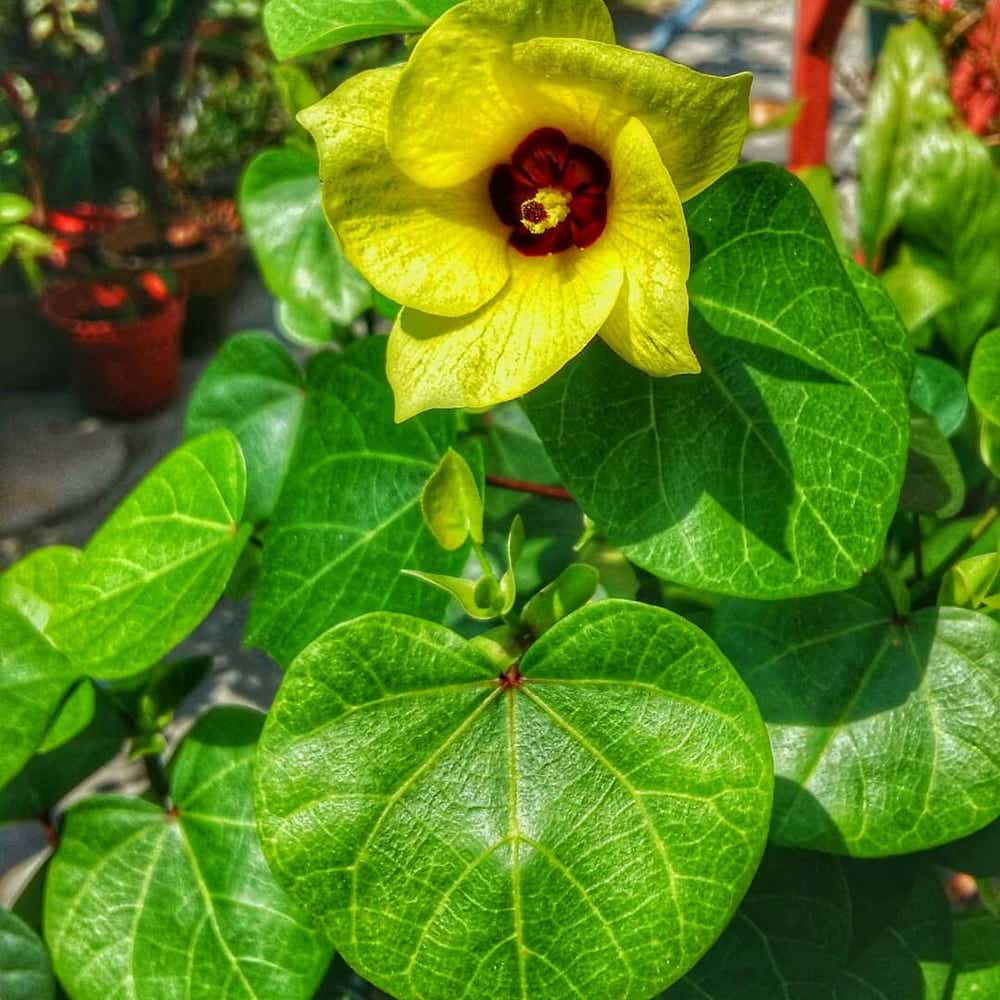



































Sea Hibiscus
About Sea Hibiscus
The sea hibiscus is a widespread species that has been used for many purposes around the world. Their beautiful flowers emerge yellow and transition to orange and eventually red throughout the day. Their wood has been used by native Hawaiians in boats, firewood, and carvings, and the fibers as cork. They are rich in antioxidants and the bark and roots have been used as a tea to lower fevers. They are often grown as bonsai trees and the leaves are used in cooking to make tempeh, a dish made of fermented soybean. 🌺
Taxonomy

Hibiscus tiliaceum
Hibiscus
Malvaceae
Malvales
Also known as
Talipariti tiliaceum and Hibiscus tiliaceus

How to care for Sea Hibiscus
How often to water your Sea Hibiscus

every 9
Sea Hibiscus needs 0.5 cups of water every 9 when it doesn’t get direct sunlight and is potted in a 5" pot.
Use our water calculator to personalize watering recommendations to your environment or download Greg for more advanced recommendations for all of your plants.

Water 0.5 cups every
9
Finding light for Sea Hibiscus in your home

a window
Sea Hibiscus love being close to bright, sunny windows 😎.
Place it less than 1ft from a south-facing window to maximize the potential for growth.
Sea Hibiscus does not tolerate low-light 🚫.
Select your region to see how the current weather in your area affects the placement of Sea Hibiscus in your home 🏡.
How to fertilize Sea Hibiscus

Most potting soils come with ample nutrients which plants use to produce new growth.
By the time your plant has depleted the nutrients in its soil it’s likely grown enough to need a larger pot anyway.
To replenish this plant's nutrients, repot your Sea Hibiscus after it doubles in size or once a year—whichever comes first.
-
Am so in love with the leaves. Was suppose to curb buying any new plant for at least 30days. But when I met #hibiscus I knew I had to bring her home. #plantsmakepeoplehappy
-
Watering day for this one. The biggest leaf is about the size of my hand. One of the new leaves opened too. #happyplants #plantsmakepeoplehappy
-
I dont know what to do this app keeps telling me to water before it's ready I think its dying #ChineseHibiscus
-
Need fertilizer advice #ChineseHibiscus
-
Is anyone else doing a hibiscus bonsai? I just learned this could be done and I'm determined to try it with my baby hibbie, Bella🌺 curious if anyone else has tried? #ChineseHibiscus
-
My hibiscus is in the ground about two months now. It was a lot bushier when it came in the pot.  I am wondering if perhaps it’s in the wrong spot.
-
One of my Chinese hibiscus plants has these green spots and yellowing on some leaves. Any tips?
-
What is this on my hibiscus? #ChineseHibiscus I’ve had a ton of new growth and it’s looking beautiful and now I have these white spots. Is this a bug?
-
Its been a long time since I last updated about her. In short, shes a tough cookie but she too needs love. Long story: Her location had too much direct sun, some leaves got burnt. Ive never repotted and the soil had become hydrophobic. I bought the wrong size pot so delayed in repotting. During that time she was dehydrated, dropped leaves then she got hit with mealybugs. Shes now in a new location, in a new pot with new soil. Still using qtips with alcohol to fight the 2 or 3 mealybugs. Theres now new leaves (in red) although its much smaller than the older leaves (that can grow to 6inches above) #notsohappyplants #hibiscustiliaceus #plantupdates
-
Will an outdoor hibiscus come back after a freeze? It's looking very sad and I'm not seeing any green #ChineseHibiscus
Care Summary for Sea Hibiscus

Sea Hibiscus
 Greg recommends:
Greg recommends:
 Water
Water
0.5 cups every 9 days
 Placement
Placement
< 1ft from a window
 Nutrients
Nutrients
Repot after 2x growth
Based on the 4” pot your plant is in, and that it doesn’t get direct sunlight.

 Trending in your area
Trending in your area
 Similar to Sea Hibiscus
Similar to Sea Hibiscus
✨ Discover rare plants

Bonsai Crassula

Astroloba congesta

Cigar Plant

Picasso's Paintbrush

Parrot Pitcher Plant

Crassula 'Purple Drag…

Euphorbia baioensis

Kilimanjaro Plant

Chandelier Plant

Stomatium acutifolium

Chinese Evergreen 'Go…

Sarcochilus fitzgeral…

Hoya 'Memoria'

Strawberry Shake Phil…

Begonia lubbersii

Philodendron eximium

Eden Climbing Rose

